Moon Monday #188: Navigating the aftermath of VIPER’s woes, a CLPS payload for Blue, and more
Before we begin this week’s Moon Monday, I’m excited to share that I’ll be conducting a study on Indo-US lunar exploration as an Adjunct Scholar at the Takshashila Institution! As India too takes on increasingly complex Moon missions, my aim with the study is to identify specific collaborative avenues that will elevate lunar science & technology capabilities of both countries in line with their independent goals. 🇮🇳🌗🇺🇸
Well-founded collaboration can provide more than just technical outcomes. It can create enduring bridges between people across communities. If this topic is important to you, please feel free to email me for a chat.
Scramble and try to save VIPER
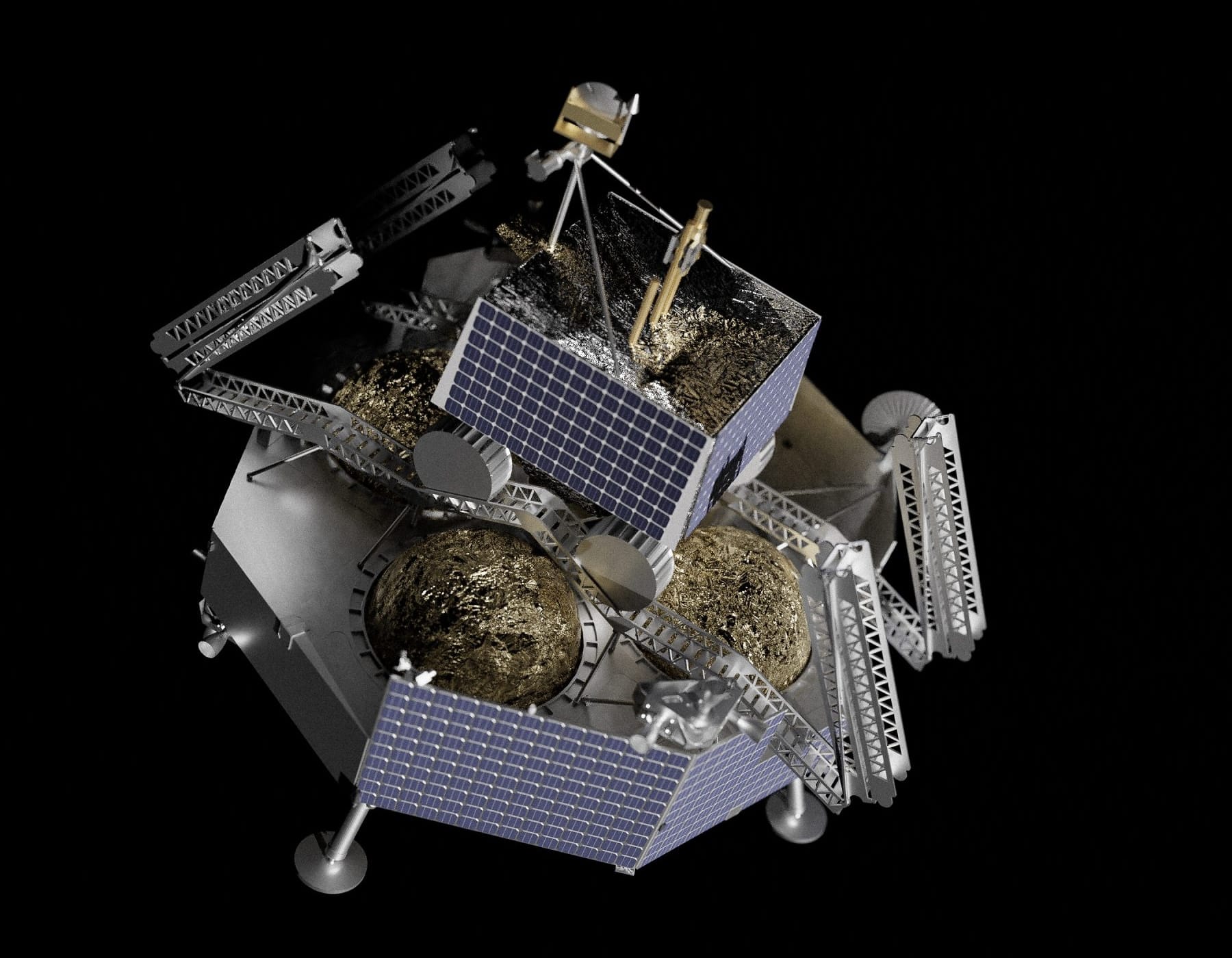
Following up on NASA’s July 17 announcement to cancel the CLPS program’s VIPER rover mission, which was supposed to uniquely explore water ice on the Moon’s south pole to help plan crewed Artemis missions, the agency is now asking US organizations to propose a mission of their own by September 2 that would fly and operate VIPER at virtually no cost to NASA.
Partner(s) would start with the existing VIPER rover and be expected to complete any remaining systems level testing, arrange for the integration and successful landing on the Moon, conduct a science/exploration campaign, and openly disseminate science data. U.S. domestically based partners would also be expected to provide other resources required to complete the mission from the hardware’s current state and to reimburse NASA for use of any NASA capabilities (including but not limited to any additional testing and anomaly resolution activities, payload preparation and processing support, or science/instrument/operations teams support) needed to successfully conduct the mission.
I hope the US space industry steps up to this challenge but despite all the tooting and touting, lunar commercial capabilities are as yet nascent. In spite of data-and-fame-related incentives, it’s hard to imagine many companies that would be able to not only put in the investment needed to fly VIPER soon enough but also execute the mission successfully while not descoping the rover’s science goals—the aspect that matters the most as astutely pointed out by CLPS co-creator Thomas Zurbuchen. In any case, it’s better for the US Congress to step up and direct NASA to revive VIPER by providing additional funding not just for the rover but also for getting to an optimal lander.
Adding to the VIPER project’s injuries, the aforementioned official NASA page requesting proposals from US organizations to fly VIPER links to a slide (page 4) which ironically highlights how only VIPER science would’ve filled key knowledge gaps about water on the Moon for the agency before long-term lunar habitats can even be conceptualized.
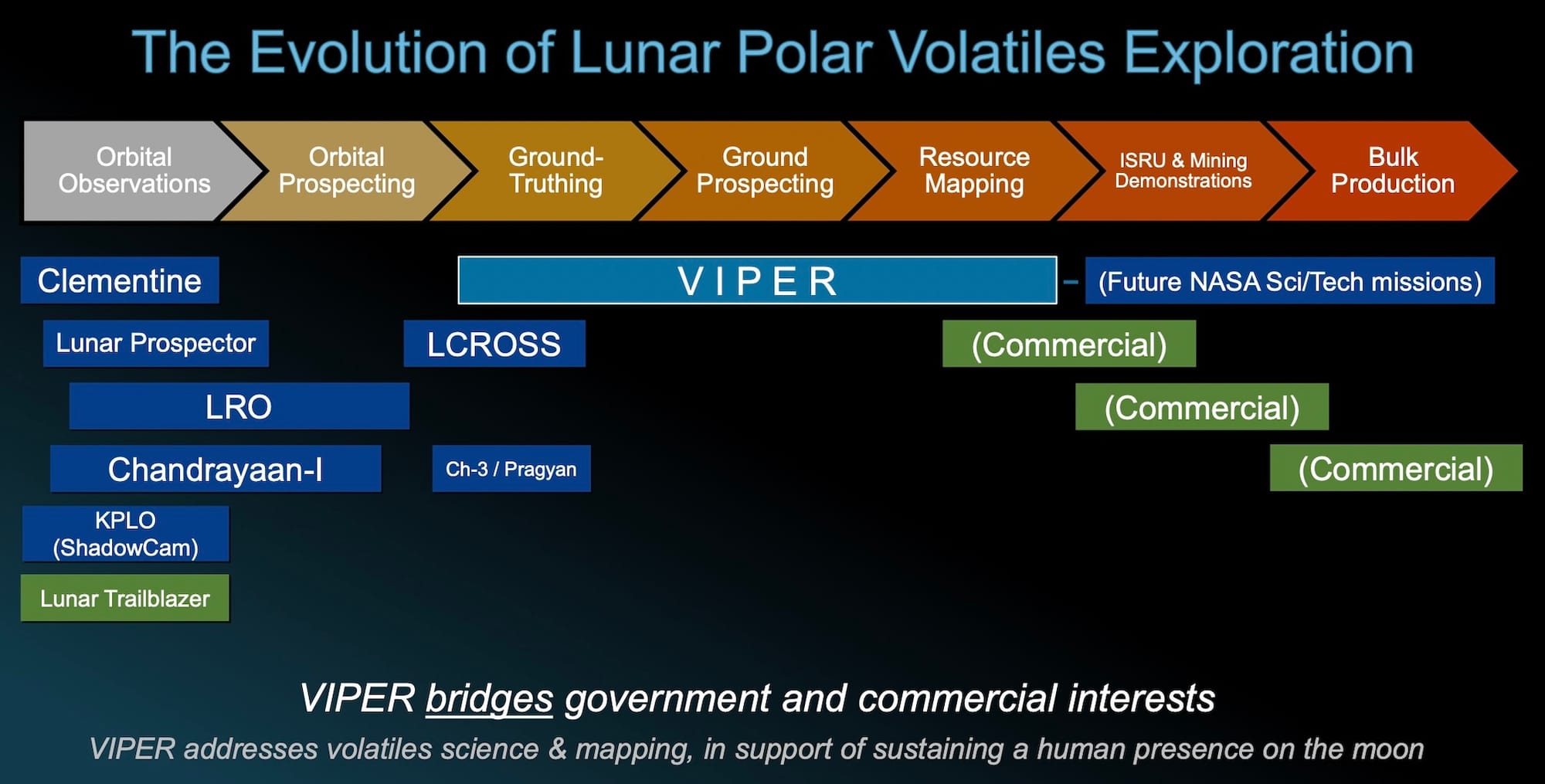
It doesn’t require us to be scientists to understand that this illustration is overly simplistic. Never mind the fact that the existing Chandrayaan 2 orbiter—which is already aiding Artemis crewed mission planning—as well as the upcoming surface missions of CNSA’s Chang’e 7 and the ISRO-JAXA LUPEX rover are all omitted in here. In fact, Intuitive Machines’ second CLPS Moon landing mission funded majorly by NASA itself to drill for lunar water ice is missing in the illustration too.
In any case, it’s not like VIPER was the ultimate mission to study lunar polar water and other volatiles. What the illustration does capture though is the unique importance of the depth and breadth of science VIPER was supposed to perform. In fact, as Alexandra Witze has previously reported, it’s possible VIPER may not have found much lunar water at all. But that was the whole point of doing the mission as envisioned: to learn ground truths.
NASA has also said it will separately explore if its international partners are interested to fly VIPER. Given the high landing complexity and reliability involved for a VIPER-like mission, the only such (geopolitically) feasible option seems to be the ISRO-JAXA LUPEX mission, which has similar as well as complementary goals to VIPER. However, since LUPEX already has its namesake rover flying on it, the realistic option would not be to fly VIPER on the ISRO-made LUPEX lander but rather carry VIPER’s instruments on the JAXA-made LUPEX rover, which boasts capabilities and a mission profile comparable to VIPER.
Among lunar missions planned in the near future, LUPEX presents the only scenario where flying VIPER’s instruments without the rover makes any scientific sense. A possible alternate local route is retrofitting VIPER’s instruments to fly on the upcoming US-industry-provided versatile Artemis Lunar Terrain Vehicle for NASA but the timelines don’t match—the project is in preliminary stages and a launch doesn’t seem to be on the cards until at least end of decade.
A CLPS contract for Blue out of the blue
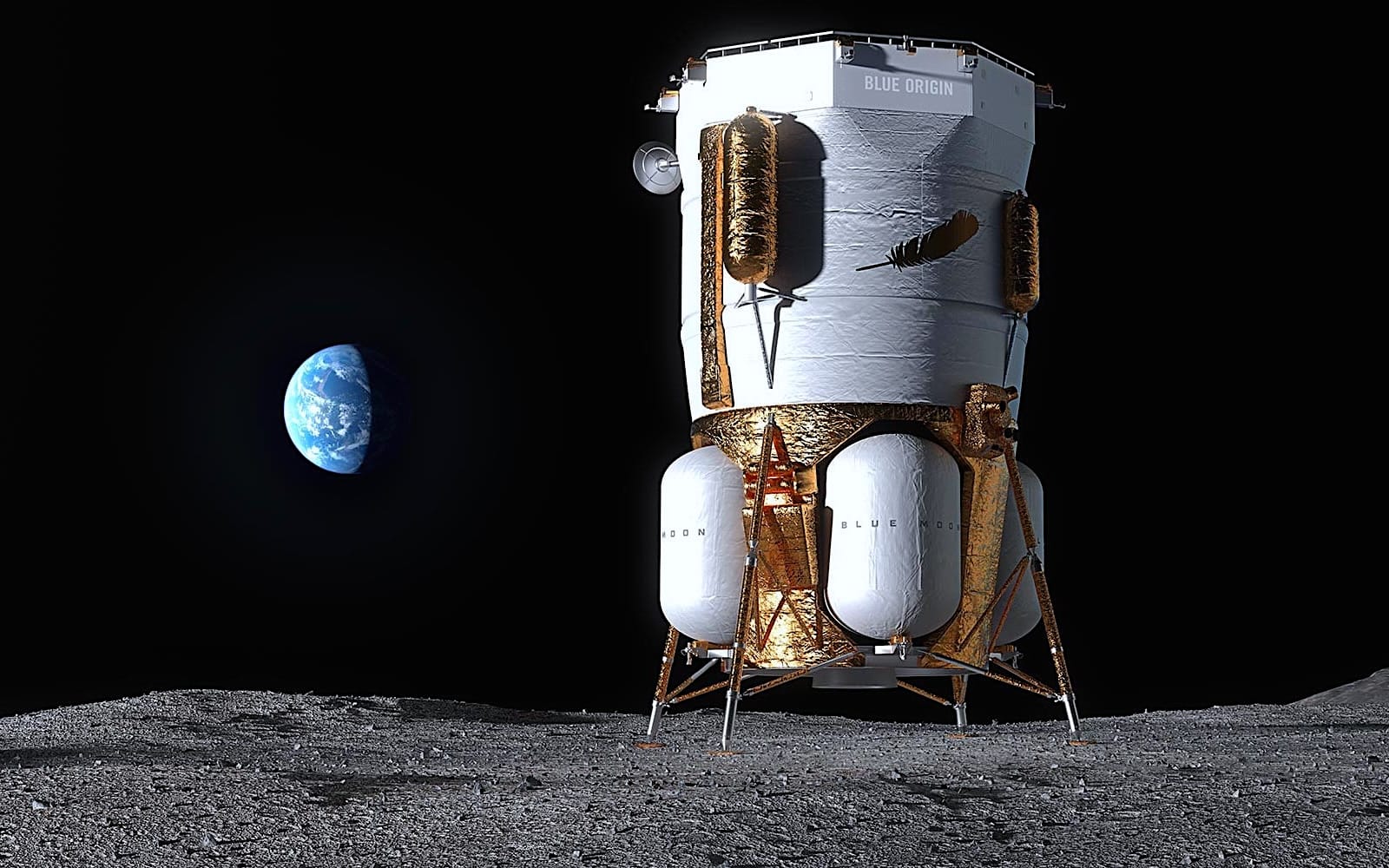
Jeff Foust reports that NASA has awarded—unannounced—a small $6.1 million CLPS contract to Blue Origin for the company’s Blue Moon Mark 1 robotic lander to carry the agency’s payload called Stereo Cameras for Lunar Plume Surface Studies (SCALPSS) to Luna next year. Images from SCALPSS will help NASA understand exactly how lander plumes blast out lunar soil and affect the local lunar environment, and thus how best to protect astronauts, critical hardware, and habitats long-term.
If the payload name sounds familiar, you’re right. The first version of SCALPSS flew on Intuitive Machines’ first CLPS lander earlier this year. Sadly, it couldn’t image plume effects because the spacecraft had an anomalously hard landing. Another SCALPSS is set to fly on Firefly’s upcoming CLPS lander later this year so hopefully we get data from it. However, what sets Blue’s Mark 1 apart for NASA is that it’s the only US commercial lander that generates high enough trust to allow the agency to gauge lander plume effects at the scale of large crewed (Artemis) landers. This allowed the agency to award Blue the payload flight without a competition under the clause of “Justification for an Exception to Fair Opportunity”. Well, SpaceX’s Lunar Starship is also part of the CLPS pool of landers and boasts way more thrust than the Mark 1 but the other factor NASA considered was that Blue’s mission is set to fly next year itself.
For Blue Origin, the Mark 1 is about much more than carrying a NASA payload. With two self-funded Mark 1 flights with a large payload capacity of 3,000 kilograms each, Blue Origin wants to test and refine critical landing and associated systems before graduating them to the Mark 2 lander, which aims to land astronauts on the Moon for NASA with Artemis V by end of decade. Competitor SpaceX’s Lunar Starship is currently targeting landing astronauts for NASA with Artemis III and Artemis IV in late 2026 and 2028 respectively. Note that NASA requires both Blue Origin and SpaceX’s crewed landers to touchdown within 100 meters of their targeted spots on the Moon’s rocky south pole. This is something the robotic Mark 1 will attempt as a precursor to the crew-capable Mark 2. The ability is also precisely what JAXA’s robotic SLIM lander achieved earlier this year.
Many thanks to Astrolab, Alexandra Witze and Matt Ryall for sponsoring this week’s Moon Monday. If you love this curated community resource too, join them and support independent writing and journalism. 🌙
Artemis IV faces yet another BLOCK-er
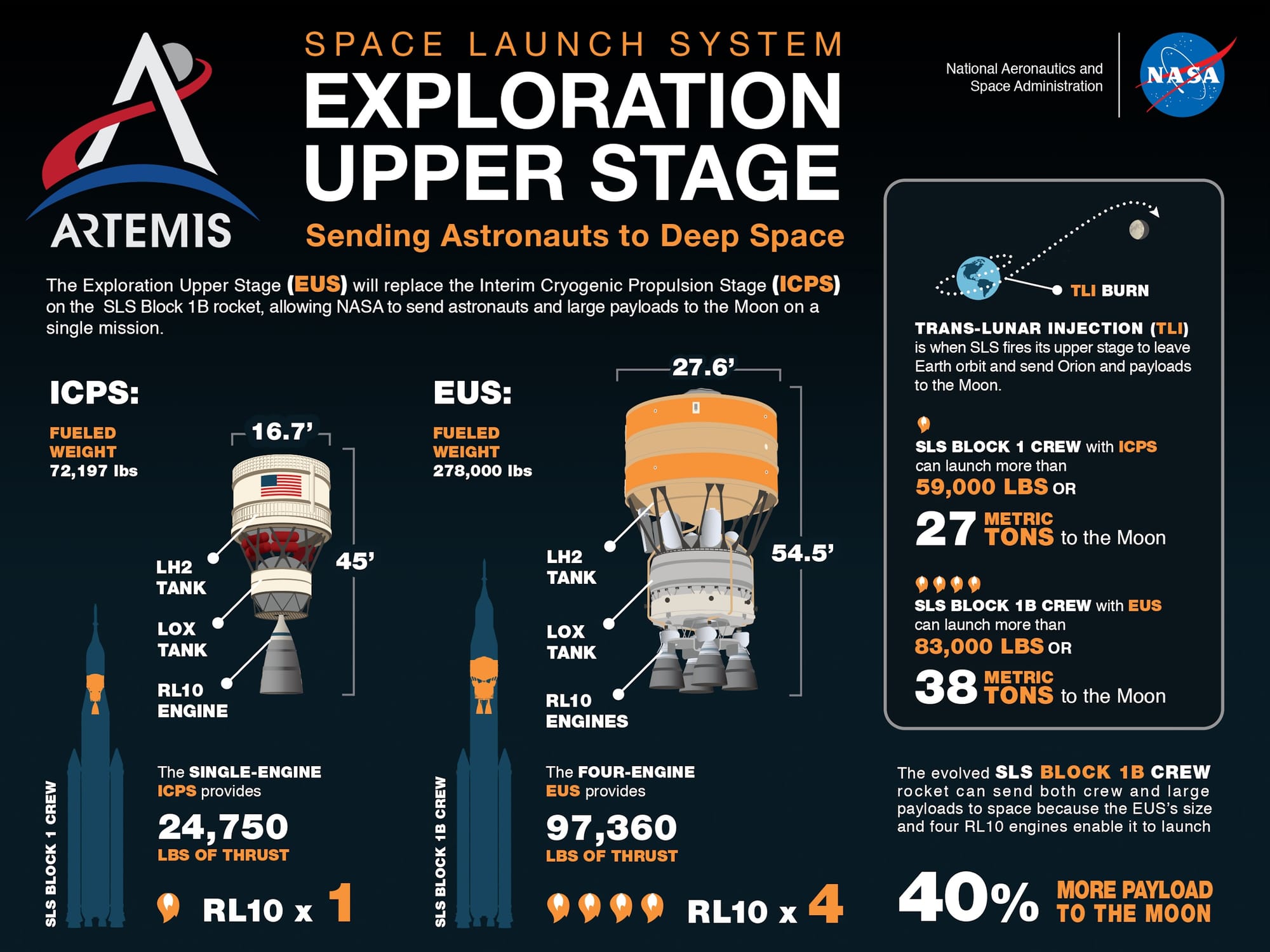
NASA’s complex Artemis IV crewed lunar orbital and landing mission banks on its SLS rocket element upgrading to an enhanced second stage called the Exploration Upper Stage (EUS). Comprising the Block 1B configuration of SLS, the EUS will be capable of lifting ~10,000 kilograms more cargo to the Moon than the current SLS variant launching the first three Artemis missions. However, somehow leaving aside the substantial mission delays caused chiefly by the Mobile Launcher 2 element necessary to launch the Block 1B vehicle, another critical report from NASA’s Office of Inspector General says that the EUS itself may not be ready for a 2028 launch. More importantly, as Marcia Smith highlights from the report, there are concerns about substantial cost increases by Boeing in building the EUS, poor quality control and unsatisfactory course-corrections by the company, and even mismanagement by NASA. From the report:
We project SLS Block 1B costs will reach approximately $5.7 billion before the system is scheduled to launch in 2028. This is $700 million more than NASA’s 2023 Agency Baseline Commitment, which established a cost and schedule baseline at nearly $5 billion. EUS development accounts for more than half of this cost, which we estimate will increase from an initial cost of $962 million in 2017 to nearly $2.8 billion through 2028. Boeing’s delivery of the EUS to NASA has also been delayed from February 2021 to April 2027, and when combined with other factors, suggests the September 2028 Artemis IV launch date could be delayed as well. Factors contributing to these cost increases and schedule delays include redirection of EUS funds to the core stage during Artemis I production, changing Artemis mission assignments, maintaining an extended workforce 7 years more than planned, manufacturing issues, and supply chain challenges.
More Moon
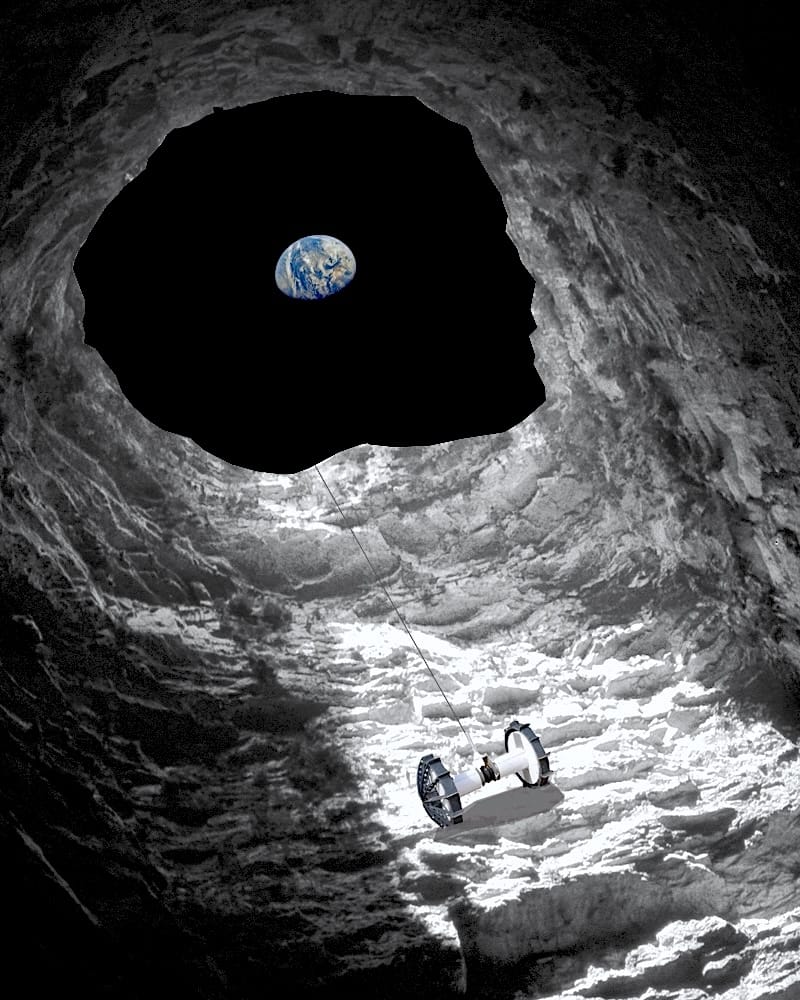
- In my feature story last week exploring lunar lava tubes, I completely missed mentioning the cool NASA mission concept of Moon Diver, which aims to have a rugged axle rover go down a lunar pit and chemically map its wall. This will help scientists not only figure out future, advanced exploration of lava tubes but also better understand the nature of past volcanism on the Moon and what the structure of the lunar crust is like.
- US-based SEOPS is extending its satellite integration and deployment services from Earth orbit to the Moon via a rideshare partnership with Intuitive Machines.
- Sponsored listing: Open Lunar Foundation’s 2024 research fellows are virtually presenting their recent work on cooperative lunar landing pads, lunar power standards, community payloads, lunar accidents, and more this month and next. Learn more and register here for free: openlunar.org/events
